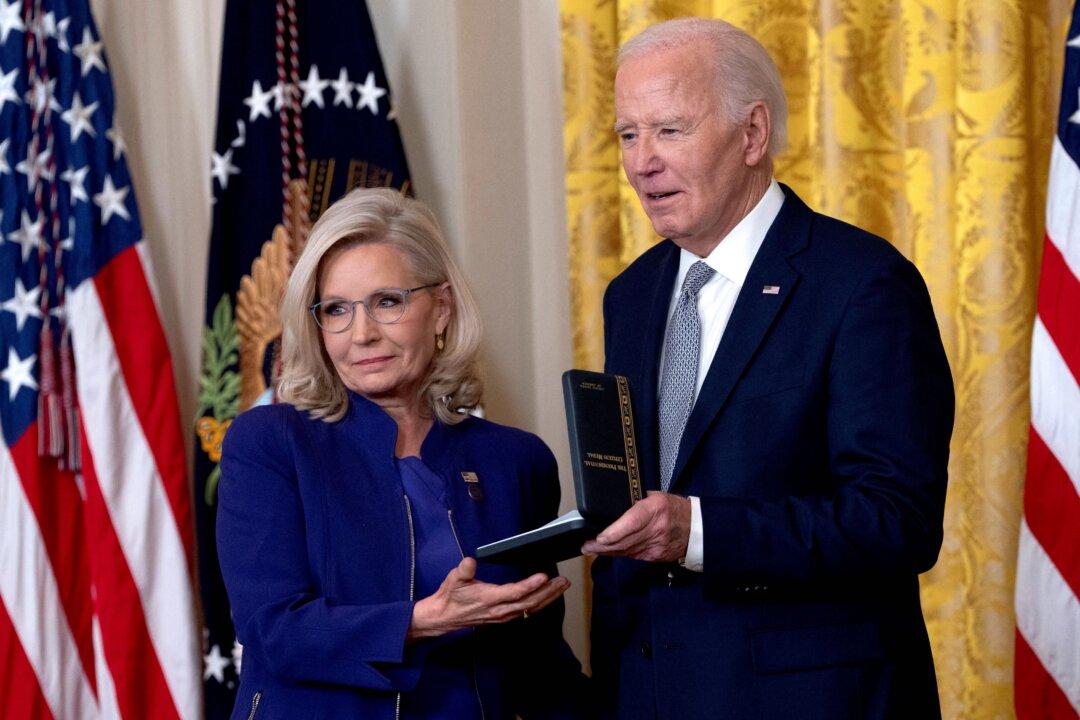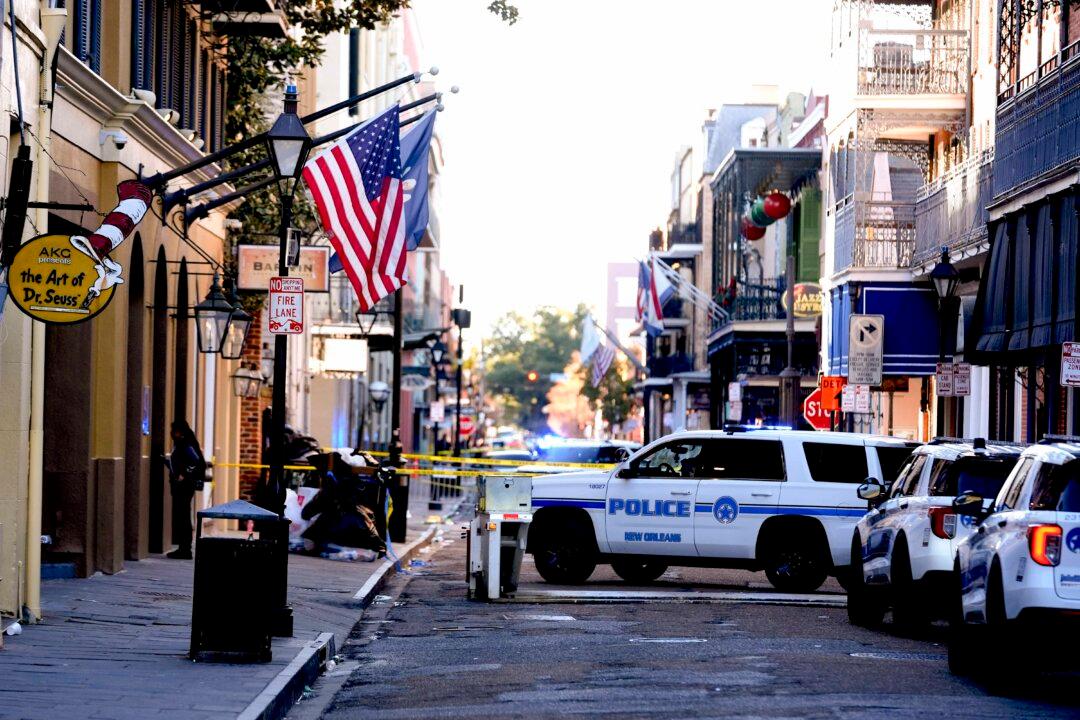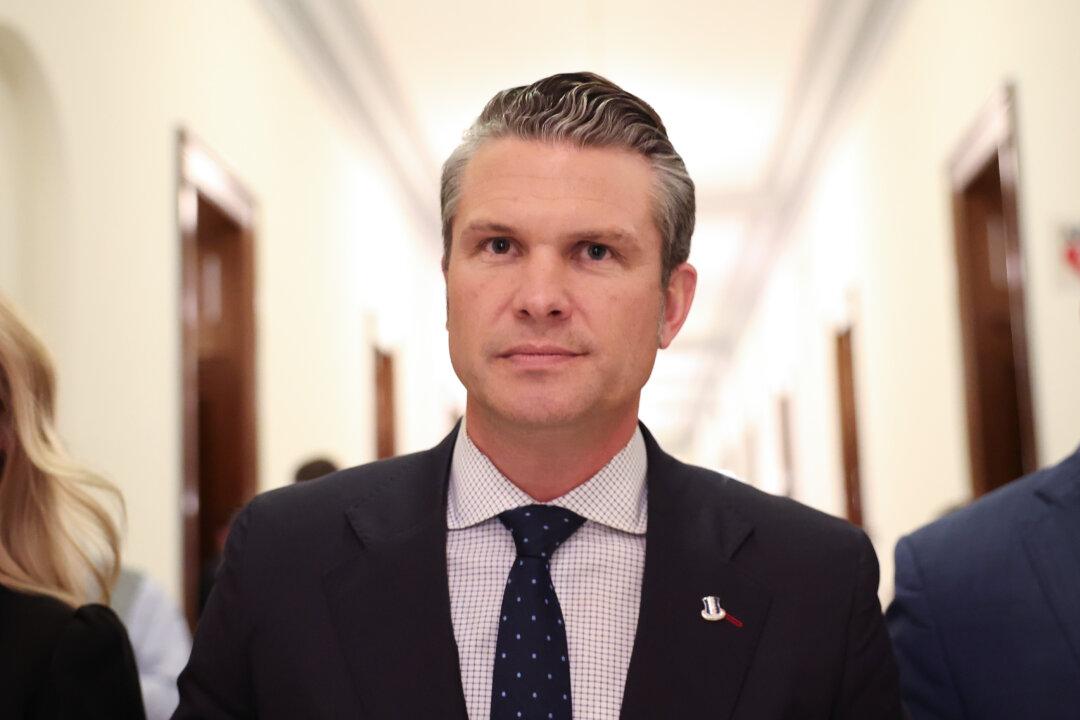Japanese stocks have staged a noticeable comeback after experiencing the most significant market drop ever during the previous day’s trading session.
On Aug. 5, Japan’s Nikkei 225, the stock market index for the Tokyo Stock Exchange, plunged 12.4 percent, or 4,451.28 points, as investors worried about the U.S. economy dumped a wide range of shares. It marked the worst daily selloff in the exchange’s 74-year history.





